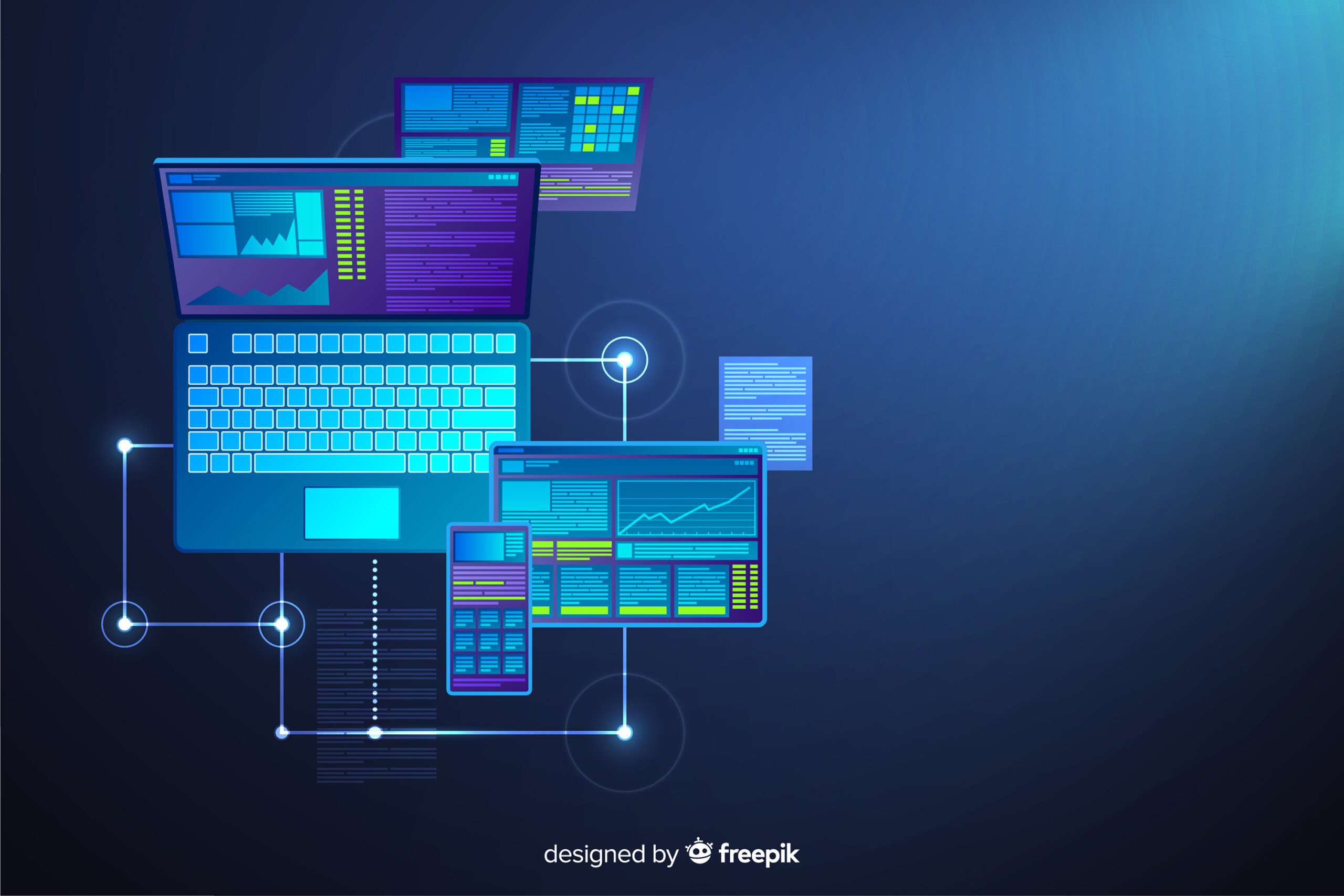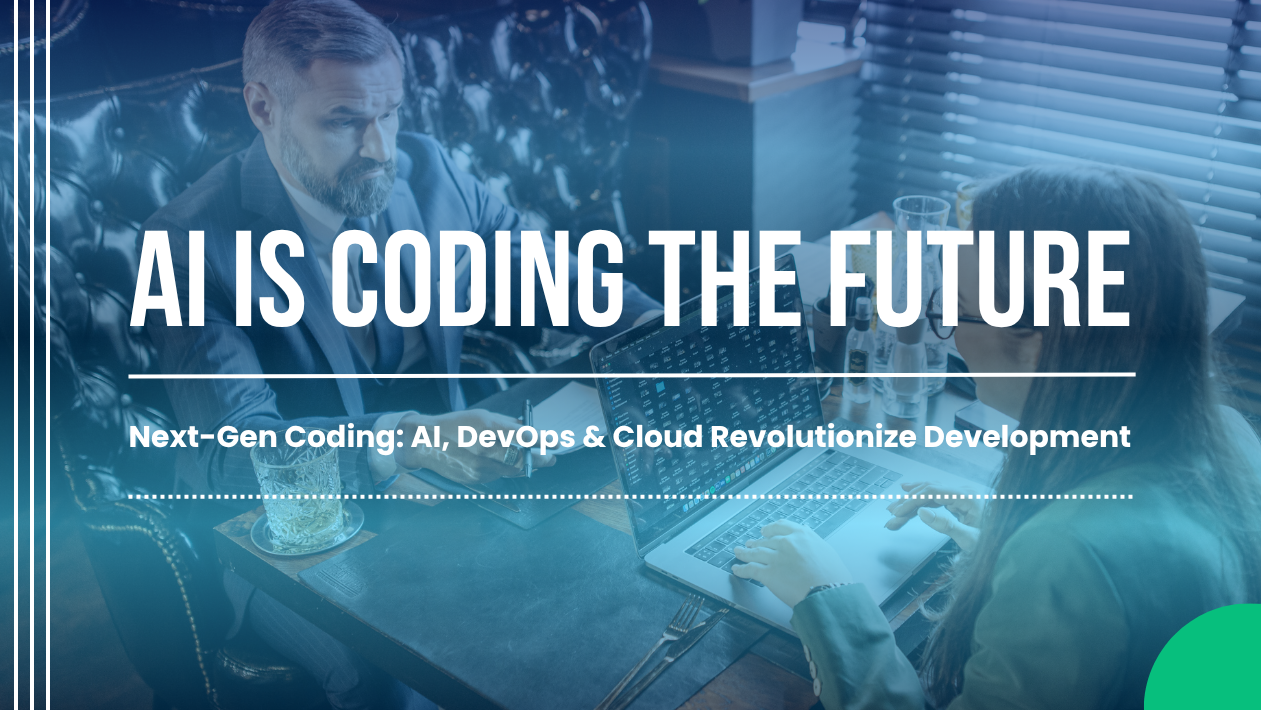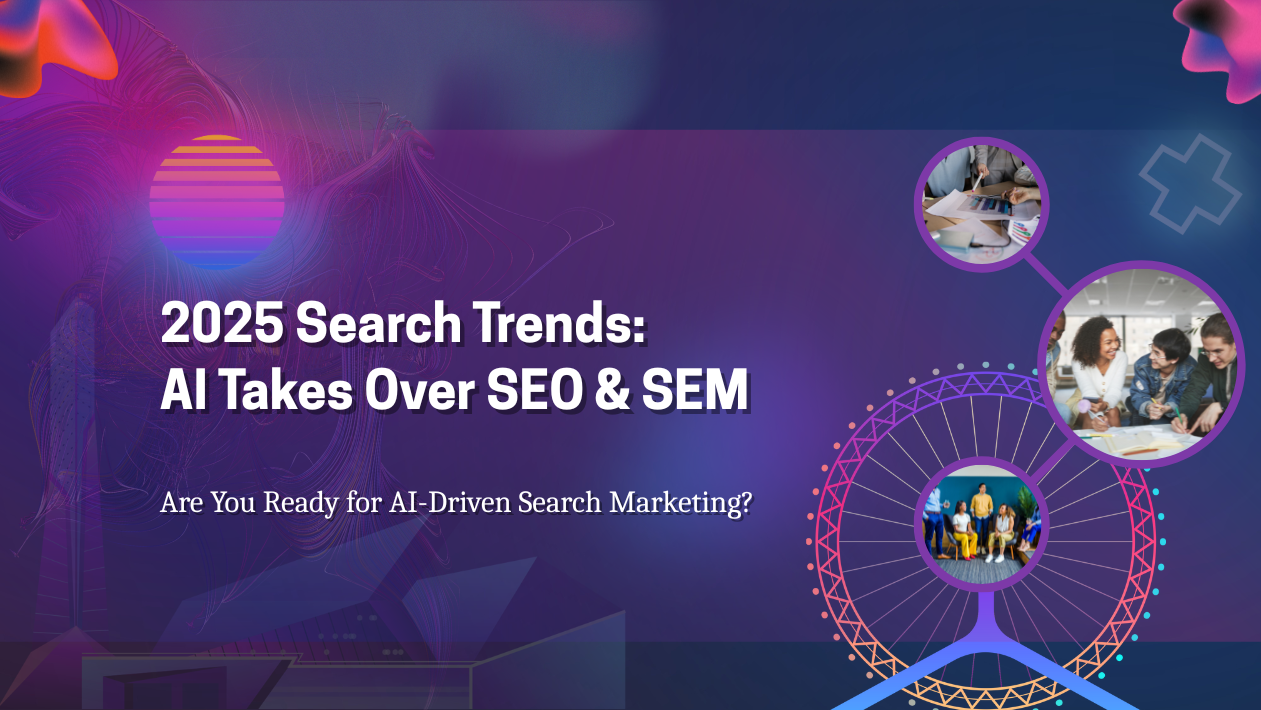In 2025, IT infrastructure has evolved beyond traditional data centers and monolithic systems. Enterprises are embracing cloud-native architectures, edge computing, AI-driven automation, and zero trust security to build agile, resilient, and intelligent digital foundations.
Driven by hybrid work, IoT growth, and real-time business needs, companies are rethinking how they deploy, scale, and secure their infrastructure globally.
Cloud-Native Becomes the Default Architecture
Legacy systems are quickly being replaced by cloud-native solutions built on microservices, containers, and Kubernetes orchestration. Platforms like AWS EKS, Azure Kubernetes Service, and Google Anthos allow businesses to deploy scalable apps across hybrid and multicloud environments.
According to Gartner, over 85% of enterprises now run at least half of their workloads in the cloud.
Edge Computing Expands for Low-Latency Needs
With the explosion of IoT, connected devices, and real-time analytics, edge computing has become a critical pillar of infrastructure strategy. Telecom providers and hyperscalers are investing in 5G edge nodes, enabling faster data processing close to users.
Industries such as manufacturing, healthcare, and transportation are using edge to improve operational efficiency, latency, and reliability.
AI-Powered Infrastructure Management
Modern IT infrastructure is increasingly self-optimizing and self-healing, thanks to AI and automation tools. AIOps platforms like Dynatrace, Cisco ThousandEyes, and Splunk ITSI help monitor, predict, and resolve issues in real time—reducing downtime and IT workload.
AI also enhances capacity planning, network optimization, and incident response.
Security Shifts to Zero Trust Architecture
With cyber threats rising and workforces going remote, zero trust architecture has become essential. This security model assumes no implicit trust, requiring continuous authentication, least-privilege access, and micro-segmentation of networks and systems.
Major enterprises are deploying solutions from Zscaler, Okta, and Palo Alto Networks to build secure access layers.
Sustainability in Infrastructure Design
Green IT is now a boardroom priority. Enterprises are choosing energy-efficient data centers, optimizing server utilization, and tracking emissions through carbon intelligence platforms. Providers like Google Cloud and Microsoft Azure have committed to running on 100% renewable energy by 2030.
Sustainable infrastructure is no longer optional—it’s a strategic imperative.
Infrastructure as Code (IaC) Accelerates DevOps
Tools like Terraform, Pulumi, and AWS CloudFormation are helping IT teams automate infrastructure provisioning with code—enabling rapid deployment, consistent environments, and version control across environments.
IaC has become a cornerstone of DevOps and continuous delivery pipelines in modern IT operations.
Outlook: Resilient, Scalable, and Intelligent Infrastructure Takes Center Stage
In 2025, the most competitive organizations are those that view infrastructure as a strategic enabler. With the convergence of cloud, AI, edge, and security, IT infrastructure is no longer just backend support—it’s the foundation for digital transformation, customer experience, and business innovation.





